Wondering how to get over someone you love?
Although it’s a process that takes, a 30-day breakup challenge can help kickstart the healing. It gives you time to grieve, get social again and rediscover yourself.
We’ll walk you through each day, starting at day one.
Keep reading to learn how to get over someone you love using our breakup challenge.
How to Get Over Someone You Love
Getting over someone you love is a process. Although you can do a 30-day breakup challenge, healing often takes longer than just one month.
How long until you’re recovered from your breakup? That depends on many factors like:
- Your feelings toward them
- How long you were together or had feelings toward them
- Your level of attachment to them
- Your general sensitivity
- Your mental health prior and during the split
In other words, there’s so many factors that nobody can tell you how long it will take until you’re “healed” from someone. Instead, of thinking of your “healed day” as an end goal, realize that grief usually stays with you, it just changes. Although you might always remember your ex, the memory of them gets easier and easier to carry. And then one day, you may barely remember them.
In some situations, you may need to get over someone you love that you never even dated. Crushes that run deep or situatuationships that never make it to the relationship stage can also be painful endings.
Whichever your case and however long healing takes, try to be gentle with yourself. Have self-compassion and treat yourself like you’d treat a friend you’d love.
Why Do a 30-Day Breakup Challenge?
A 30-day breakup challenge can help you take steps to feel better after a split. Although full recovery probably takes longer, it can prevent you from getting stagnant.
It also gives you something to focus on. You’re less likely to think of your ex on repeat if you have a daily task to complete.
It can soothe your soul and kick you into action when you’d rather stay in bed. It may inspire change while gently bringing you out of your comfort zone to try new things. This can increase confidence, boosting your mood.
Throughout the process, the most important thing is to pay attention and honor your feelings. If you use this list as a distraction from your pain, your pain is unlikely to go away. Feelings need to be felt and there’s just no shortcut around that. It’s okay to give yourself time and space to cry. If you miss a day, go easy on yourself. There are no rules.
30-Day Breakup Challenge: How to Get Over Someone You Love
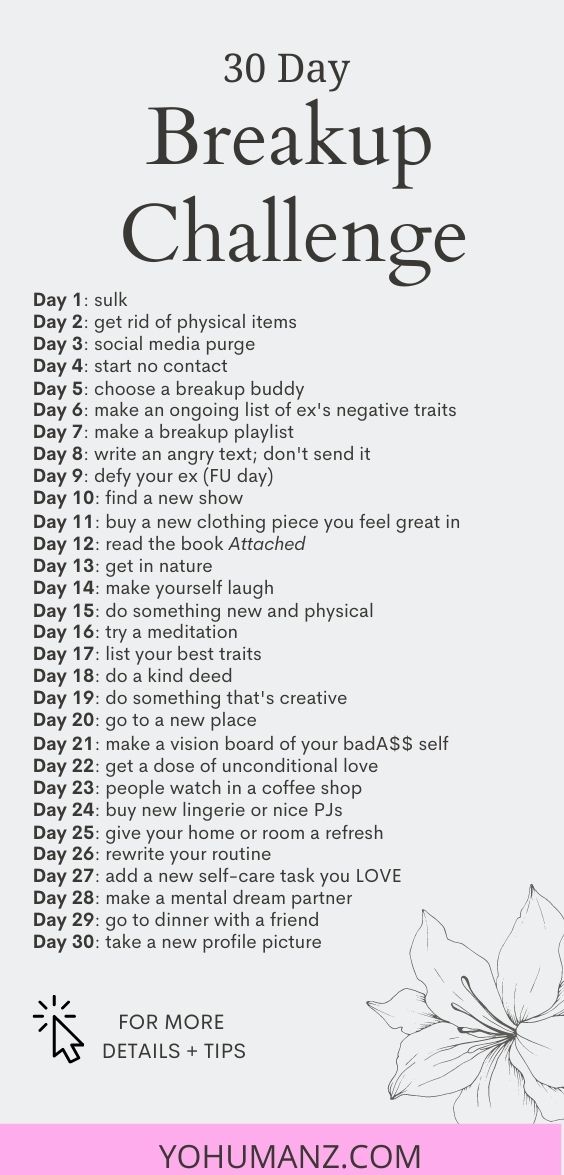
Are you ready to get started on your 30-day breakup challenge? We recommend jumping into Day One the day or a few days after your breakup. Give yourself space to process the situation before trying to move on.
Day 1: Sulk
We said to give yourself space before beginning this challenge. To really drive that home, we’re giving you an extra day. It’s your day to cry, take naps, stuff your face, rant with friends, be alone, anything you feel like doing. It’s your day to feel your feelings and process your emotions.
Day 2: Get Rid of Physical Items
There’s really no reason to keep holding on to your ex’s things if you’re really trying to let go. Make a plan for them:
Arrange to give them to your ex (you can leave them at their door if you don’t want to see them)
While getting rid of anything your ex might have left in your home, also get rid of any other physical evidence of them. If you have pictures, get rid of them. If you can’t stomach doing that, take them out of the frame and put them in a box far out of reach. Any gifts from your ex should be out of sight too, if not donated. Anything that reminds you of your ex may trigger memories. Some day, they might be good memories. But right now, you need space for healing.
Day 3: Social Media Purge
If you followed the challenge in day two, your ex has already gotten their things back. There’s really no need to keep talking to them anymore. From this point forward, it’s safe to get rid of all their contact information.
Begin the social purge:
- Delete and block on social media
- Delete any photos of them on social media
- Delete their phone number
This could be an emotional day, so make sure to give yourself some love and self-compassion.
Day 4: Start No-Contact
The part we all dread the most. It’s hard to stop talking to your ex after you’ve probably spoken to them every day. But you will be thankful for going no contact.
The no-contact period can last as long as you like. You might ban yourself from talking to your ex for 2 weeks, 2 months or forever. What’s right looks different to everyone.
Even if you need to talk to your ex for some reason, it’s a good idea to limit contact. Breaking the flow of natural contact can help you adjust faster to your new reality. It can also cut off any hope left for either partner, also speeding up healing.
Day 5: Choose a Breakup Buddy
If you can, choose someone in your life to be your “breakup buddy.” This is someone who can be your confidant or support friend for your breakup. Having a go-to person during this time is helpful.
You might be used to always texting your ex. Now, there’s an empty space. You might be used to hanging out with them, but now there seems to be a lot of free time. A breakup buddy can be the person you text and hang out with to help fill this gap.
It’s important not to overwhelm your Breakup Buddy; they need space to themselves too. Remember, they are there to support you, not to carry you through or be your therapist or 24/7 hotline.
If there’s no one in your life who can be this person, you might be able to meet a friend online or a Facebook support group.
Day 6: Make an Ongoing List of Ex’s Negative Traits
If you’re wondering how to get over someone you love, a good way to dampen your feelings is to count the bad things about them. Often, we see situations through rose-colored glasses, especially after they’ve ended and we miss someone.
Let’s be real though; not everything is great about your ex. Make a list of reasons you don’t like them. It could be as big or as small and petty as you want. Here’s some questions:
- What won’t you accept again?
- What are you glad you’ll never have to deal with again?
- Did they treat you in ways you didn’t like?
- What red flags did they pose?
- The green flags did they not have?
- Did they smell weird, have bad breath or refuse to ever dress up?
- Are there big things you disagreed on?
Make a list in your phone’s notes app. Whenever you think of something, add it to the list. Whenever you miss your ex or feel like texting them, read the list.
Day 7: Make a Breakup Playlist
What songs will be your go-to throughout this healing process? Take some time to make a customized playlist. Include your favorites and classics, but also explore some new artists.
Since breaking up involves many emotions, choose songs that hit all of them. Make your playlist a healing journey:
- Sad songs
- Angry songs
- Happy, moving on, better-off-without you songs
Day 8: Write Angry Text; Don’t Send It
You’ve had a few days to process the sadness of your breakup. At this point, you might begin getting angry. Whether you were the one who broke up with them or not, it’s normal to have feelings of anger.
To get it out, write an angry text. Say everything you want to say. What did they do wrong? Maybe you did something wrong and want to apologize. Maybe you feel manipulated and blind-sighted. Whatever the case, let it out.
Begin writing it in the morning and keep adding to the text as you think of more throughout the day or for as long as you want. But don’t send it. Never send it.
Day 9: Defy Your Ex (FU Day)
Do something that would piss your ex off today. Is there something they didn’t like? An activity they refused to participate in it? Do it for you today.
My ex didn’t like me going having a drink alone at a bar, so I did it when we broke up. If your ex didn’t like going for hikes, go for a hike. If they refused to order a certain type of food, enjoy it! Did they refuse to be seen in heels next to you? Wear your highest heels beside the tallest men. It’s your F U day.
Day 10: Find a New Show
Getting out and trying new things is important during a breakup, but sometimes we seek the comfort of home. Coming home to a new TV show can give us something simple to look forward to. Find a new show you love and watch a bit every day or when you have free time.
Day 11: Buy a New Clothing Piece You Feel Great In
Not everyone wants a breakup makeover, but it’s a good idea to buy something that makes you feel good. For some, that might be a fancy going-out dress. For others, it could be a cozy scarf. Choose an item you love and if you can afford to, splurge on yourself. You deserve it!
Day 12: Read the Book Attached
I swear by this book for every breakup. Attached: The New Science of Adult Attachment is an eye-opening read. It will help you discover your attachment style, the attachment style in your ex, and possibly, why relationships don’t work out for you.
It’s based on the psychology of the Attachment system. Through reading the book, you’ll be able to identify yourself as having a:
- Secure attachment style
- Anxious attachment style
- Anxious-Avoidant attachment style
They outline common relationship problems each one experiences. And, best of all, how you can avoid them next time.
Day 13: Get in Nature
There’s something that’s healing about nature. Choose a green space near you and take a walk or sit there for a while.
If you can, take a hike. Being on top of a hill can make you realize both literally and metaphorically how much more to the world there is. There are so many possibilities.
Day 14: Make Yourself Laugh
Find something today that makes you laugh and then indulge in it. That could be funny YouTube videos, a stand-up comedy or talking to your comedian friend.
Day 15: Go to Dinner with a Friend
Time to get out! Although you might want to stay inside and be sad forever, forcing yourself to be social may help. Ask a friend to go out to lunch or dinner. Pick a spot you love. Have a shower, get fresh, begin entering the world again.
Day 16: Do Something New and Physical
Some breakup challenges suggest you implement a new workout routine. Now is a great time to do that, but you don’t have to. Even adding a small physical activity to your routine can be helpful.
Exercise is known to help manage stress. It releases chemicals that make us feel better, leading to less depression. Choose something or a few things and try them out. It could be a class or a simple YouTube video:
- Cardio workout
- Beginners weight workout
- Pilates
- Yoga
- Stretches
- Tai Chi
- Kickboxing
- Dancing
- Mindful walking
- Learn to do the split
Day 17: Try a Meditation
Yesterday was about the body and today is about the mind. Let’s try your hand at meditating. If you already do, great. Use today to strengthen your practice.
If you’ve never meditated before, set aside some time to try it. There’s many different forms of meditation so choose one that works for you. Download an app or scroll through YouTube to find something that resonates with you. Some require you to sit silently. Others encourage you to imagine things visually.
The benefits of mediation include better mental health, like less stress and depression. In regards to a breakup, meditation can increase our mindfulness. That can make us more aware of our thoughts. When we’re better in control of our thinking, we can let the bad breakup thoughts slide by without grabbing hold.
Mediation is a good practice to add to your daily routine. It works best when done as a practice over time.
Day 18: List Your Best Traits
Breaking up with someone can take a hit on your self-esteem, even if you’re the one who decided to end it. To amp up your confidence, make a list of your positive traits.
Does it feel awkward, cheesy or weird. Okay. Let’s approach it from a different angle. Make a list based on the following question: What traits do you have that you’d also want a friend or partner to have?
Now, you have a list of reasons why the next person would be lucky to have you. Not just by your mom’s standards, but by your own 🙂
Day 19: Do a Kind Deed
Another thing you can do to make yourself feel better is to make someone else feel better. Think about what light you can shine on another’s day. Here’s some quick ideas:
- Compliment 5 people
- Leave positive sticky notes around
- Tape coins to a vending machine
- Leave dollar bills around a store
- Write a note to a friend or family member saying how much they mean to you
- Sign up for a charity walk or run
- Pay for the coffee for the person behind you
Day 20: Do Something New That’s Creative
Take your new time to find a new hobby. Specifically, find something you can express yourself through. Ideas include:
- Writing
- Painting
- Knitting
- Paint by number
- Video editing
- Making jewelry
- Podcasting
Day 21: Go to a New Place
Go somewhere new today. Whether it’s a part of town you’ve never explored, a new attraction or walking trail, experience something different today.
Day 22: Make a Vision Board of Your Badass Self
Vision boards are used in manifestation to help you “attract” good into your life. Even if you don’t believe in this, vision boards are still fun to create. They can help you get clear on your goals. Looking at them can also inspire you and make you feel hopeful and excited about the future. And, when you’re going through a breakup, sometimes that’s what you need most.
Create a vision board on a piece of cardboard or canvas using a collage of pictures. Or, you can make one on Pinterest by simply pinning pictures to a board you create. If you want to make it private, you can make your Pinterest board secret.
Get excited about the things you save to your vision board. When choosing pictures, ask yourself:
- Who do you want to be?
- How do you want to dress like?
- What do you want to be doing?
- How do you want to be feeling?
- What do you want to accomplish?
- What hobbies do you have?
- Who are you with?
- Where do you live?
Day 23: Get a Dose of Unconditional Love
By now, you might feel like you’re missing out on the love. However, babies and animals give an unconditional amount of love. If you have a pet, spend time with them today. If not, seek out someone who has a pet or child you can spend time with.
Day 24: People Watch in a Coffee Shop
For another social outing dose, take some time today to sit in a coffee shop and people watch. Bring a book, your laptop, a phone or nothing at all.
Get comfortable sitting alone. Be with yourself for a bit. See that so many other people exist that aren’t your ex. Maybe you’ll even spot your next crush.
Day 25: Buy Some Lingerie or Nice PJs
Without your ex, you might be lacking physical intimacy. Add in some sensuality by buying yourself a nice piece of lingerie. That could be a good bra, comfortable panties or a sexy piece.
If you’re not into that at all, splurge on the comfiest pajamas you can find!
Day 26: Give Your Home or Room a Refresh
As you wind down your breakup challenge, give your space a revamp to signify a new chapter. Whether it’s your room, entire apartment or home, brainstorm changes you can make. Add or swap out furniture. Use contact paper. Add wall art. The options are as endless as your future 🙂
Day 27: Rewrite Your Routine
Your routine is the thing that stays with you every day. Changing up your routine can signify the big change in your life. It can help symbolize that you’re moving into a new chapter, one that’s better and completely different. How you edit your routine is up to you. Consider:
- Adding a relaxing task, like meditating
- Adding a learning task, like reading
- Adding a health task, like working out or making a smoothie
- Getting up earlier to work on a personal project
- Going to bed earlier to get more sleep
- Switch your walking routine to avoid your ex
- Take a new route to work
Day 28: Add a New Self-Care Task You LOVE
I wrote this one as I meant it. Whatever your self-care regime is, add a new item that you ABSOLUTELY love. That is, something you look forward to each day or week. If you don’t like using your blackhead remover, that doesn’t count. It could be anything you genuinely love doing:
- Facial steaming
- A bath
- A dab of essential oil on your wrists
- Watching a funny comedy routine
Day 29: Make Mental Dream Partner
You might not be ready to go out dating yet, or anywhere close to it. That’s perfectly okay. It’s fun to dream of your next partner though. If you could have the perfect person for you, what would that look like? What traits would they have?
Make a list of things your dream partner would have. You can also add pictures to your vision board of people you find attractive or cute dates.
Day 30: Take New Profile Picture
To signify the end of your breakup challenge, take a new profile picture. Whether you want to get dressed up or go fresh fake, it’s totally up to you. Just make it a new start!







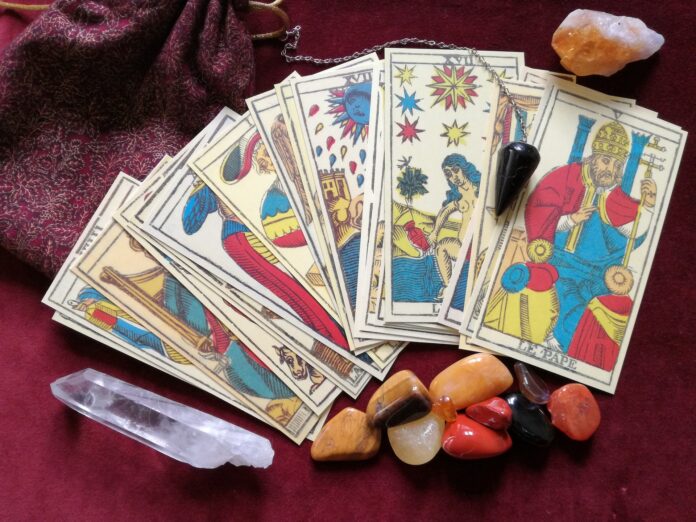











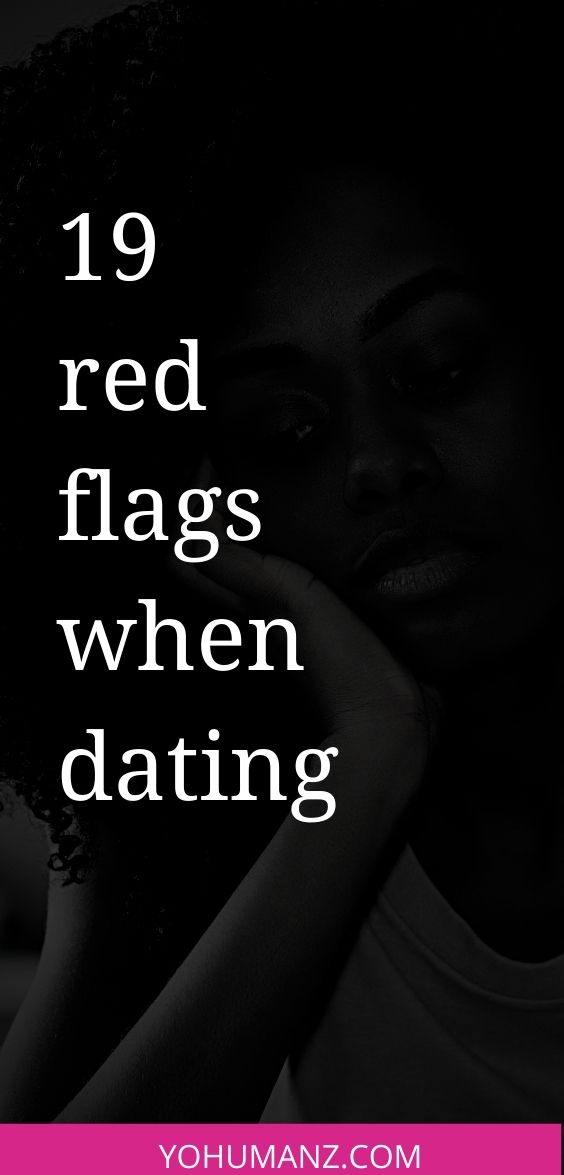
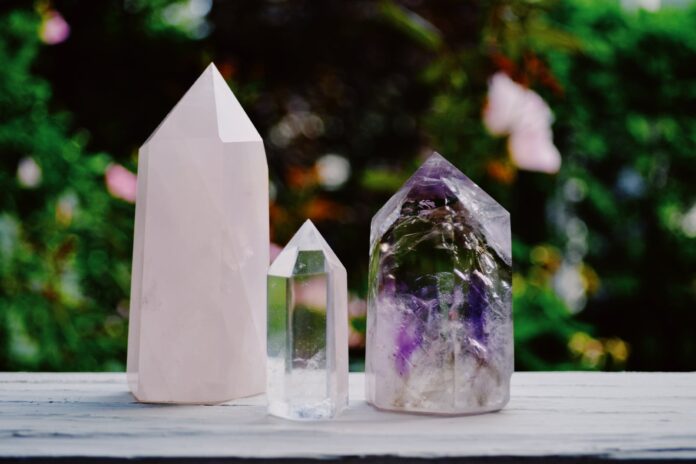
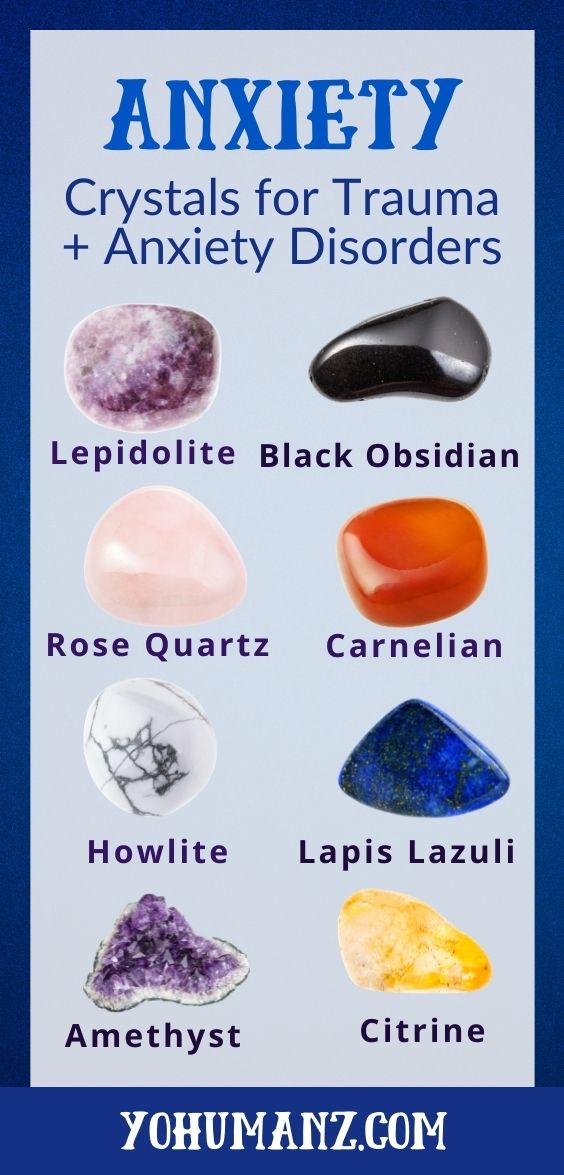
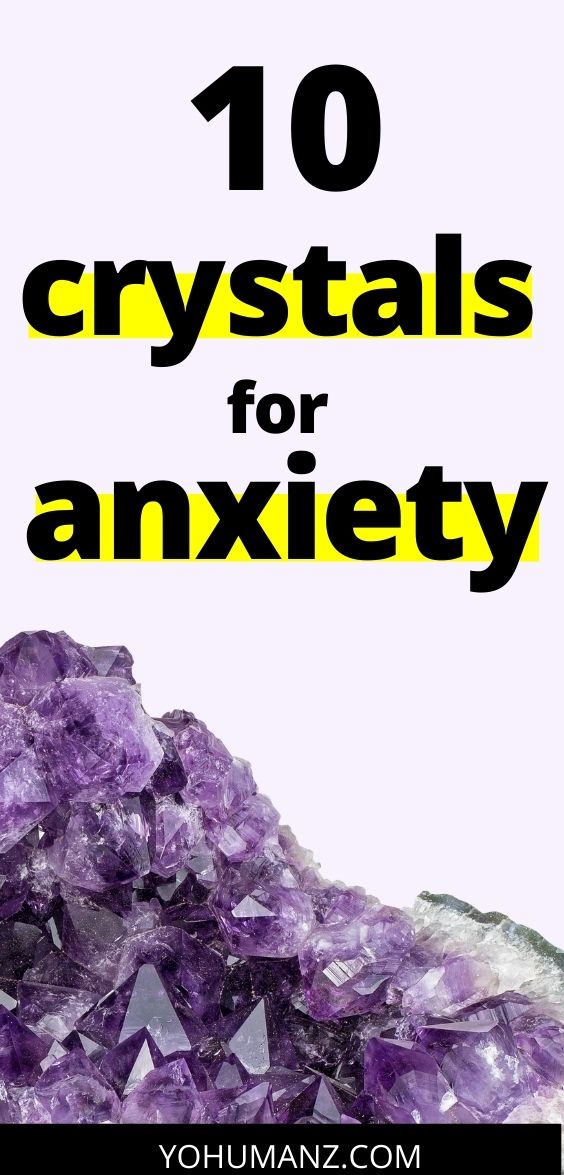

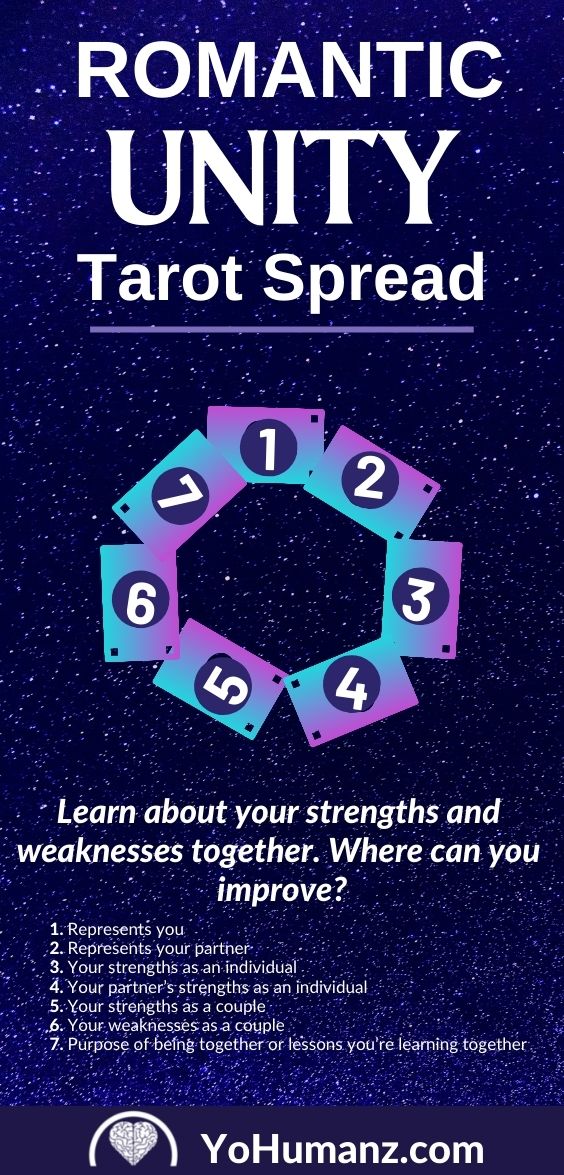
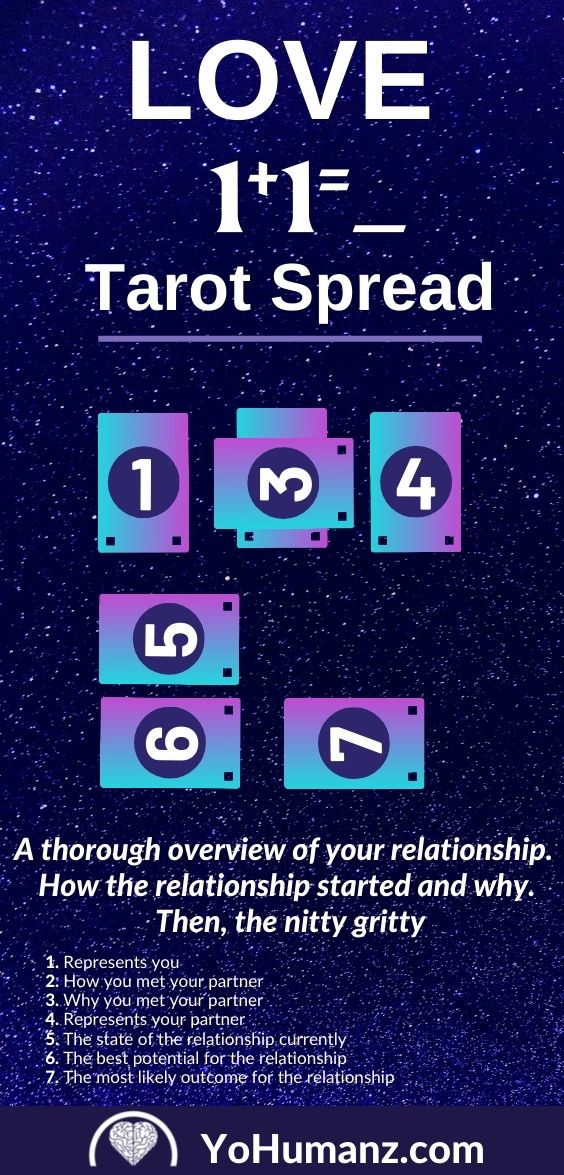
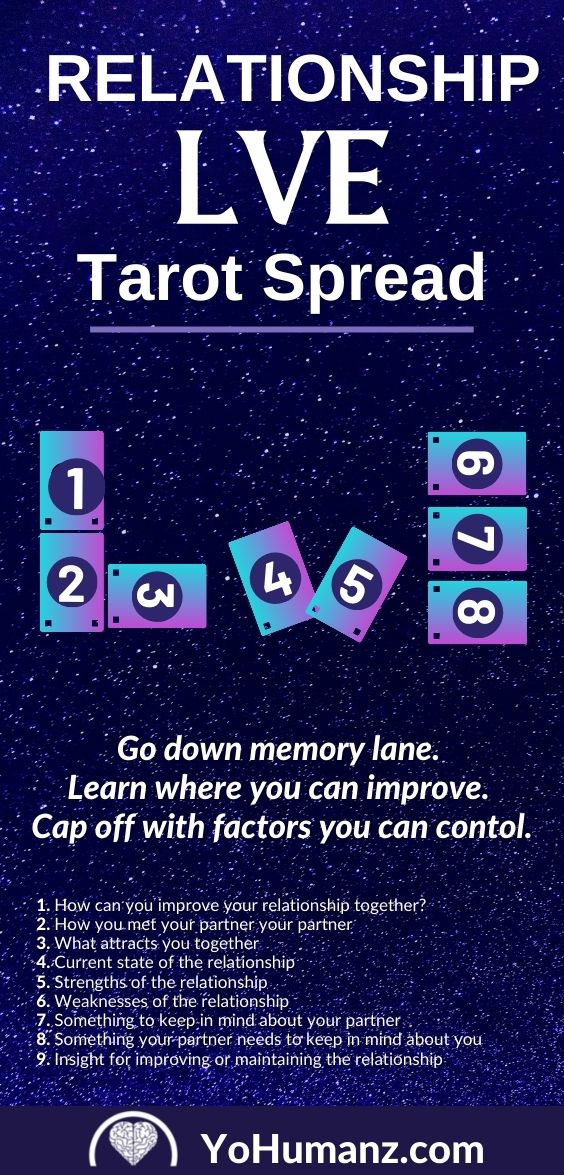
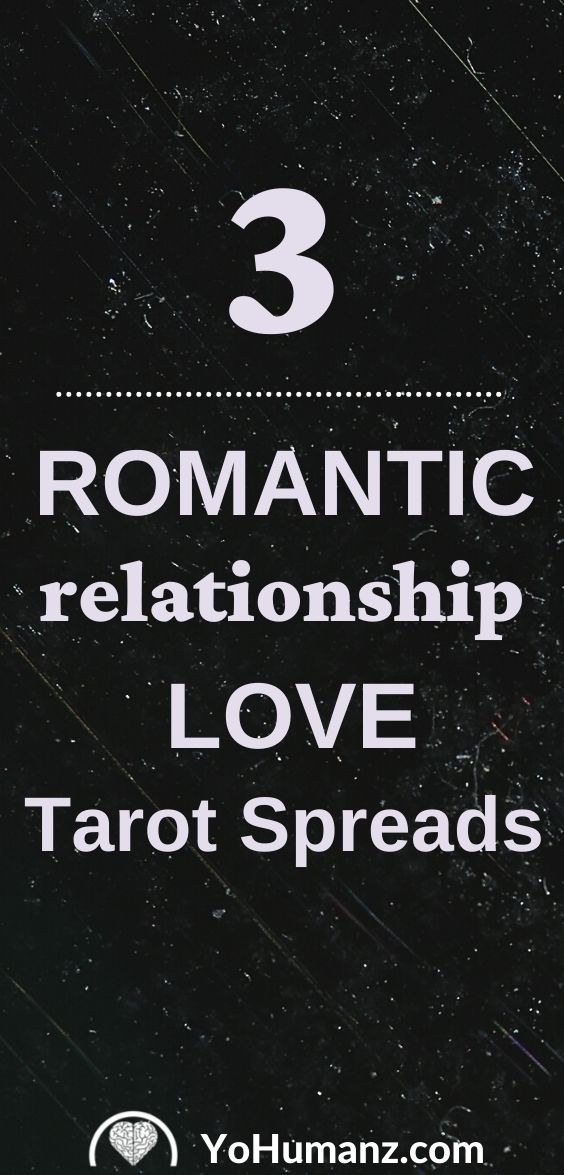

 Ask A Human…
Ask A Human…






